50 pages • 1 hour read
Zora Neale HurstonTell My Horse: Voodoo and Life in Haiti and Jamaica
Nonfiction | Book | Adult | Published in 1938A modern alternative to SparkNotes and CliffsNotes, SuperSummary offers high-quality Study Guides with detailed chapter summaries and analysis of major themes, characters, and more.
Part 1, Chapters 1-5Chapter Summaries & Analyses
Part 1: "Jamaica"
Part 1, Chapter 1 Summary: “The Rooster’s Nest”
Hurston begins her exploration of Jamaican culture by introducing “Pocomania,” the folk religion of its peasant class. Pocomania is a blend of traditional West African religious practices with elements of Protestant Christianity. There is no centralized ecclesiastical hierarchy; religious leaders guide local communities of believers and preside over “Balm Yards” where they diagnose and treat both physiological and spiritual ailments. These leaders prescribe rituals for luck and protection during important life events such as death and birth, and liaise between supplicants and their gods. They frequently host religious celebrations and ceremonies, many of which Hurston witnessed or participated in. These celebrations involve open air processions, candlelit offerings, healing rituals, and music and dancing.
The vast majority of Jamaica’s inhabitants are descended from African enslaved persons brought to work on English-owned plantations during the colonial era (See: Background). Only 2% of the population is white at the time of Hurston’s writing, with the remainder being Black or mixed race. There is a strict racial hierarchy wherein proximity to whiteness equates to social status, leading many so-called “census white” Jamaicans to have themselves declared legally white despite actually being mixed race. This contrasts with the reported tendency in the USA of considering anyone with Black ancestors to be African American regardless of their skin 







Related Titles
By Zora Neale Hurston
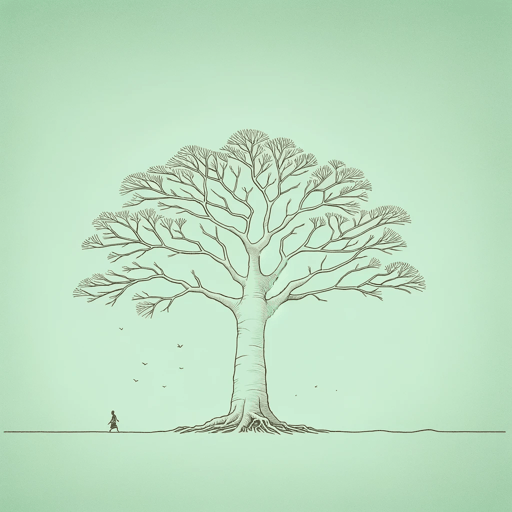
Barracoon: The Story of the Last "Black Cargo"
Zora Neale Hurston

Drenched in Light
Zora Neale Hurston

Dust Tracks on a Road
Zora Neale Hurston

Hitting a Straight Lick with a Crooked Stick
Zora Neale Hurston

How It Feels To Be Colored Me
Zora Neale Hurston

Jonah's Gourd Vine
Zora Neale Hurston

Moses, Man of the Mountain
Zora Neale Hurston

Mule Bone: A Comedy of Negro Life
Langston Hughes, Zora Neale Hurston
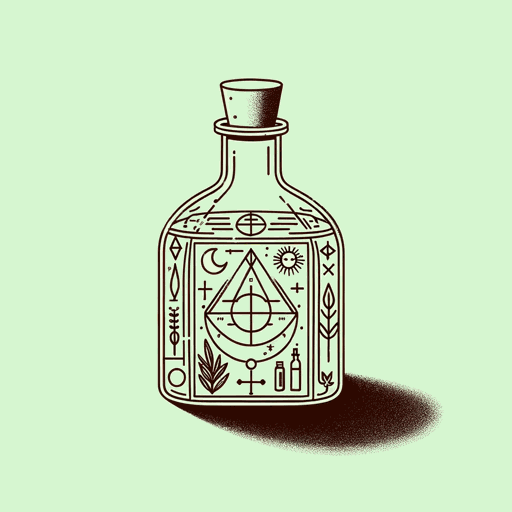
Mules and Men
Zora Neale Hurston

Seraph on the Suwanee
Zora Neale Hurston

Spunk
Zora Neale Hurston
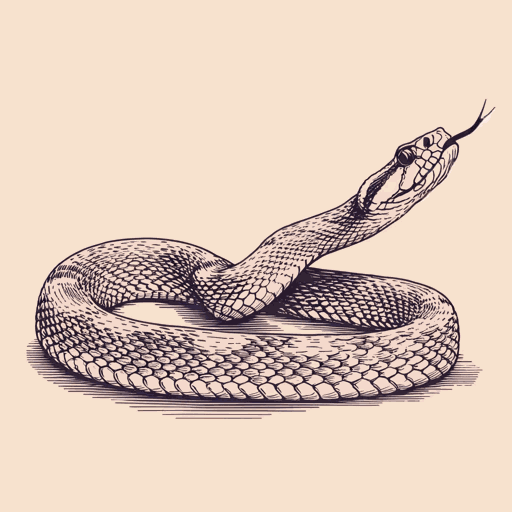
Sweat
Zora Neale Hurston

The Eatonville Anthology
Zora Neale Hurston
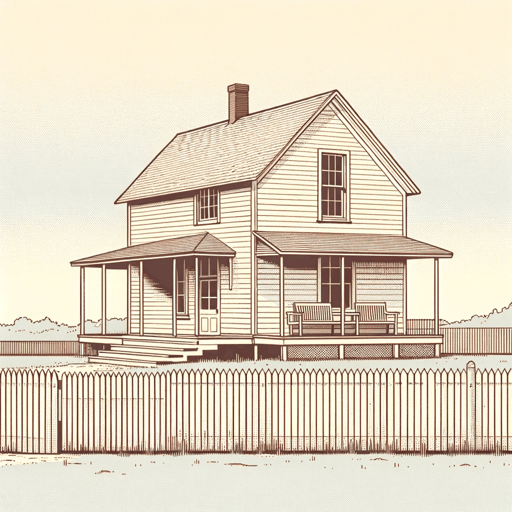
The Gilded Six-Bits
Zora Neale Hurston
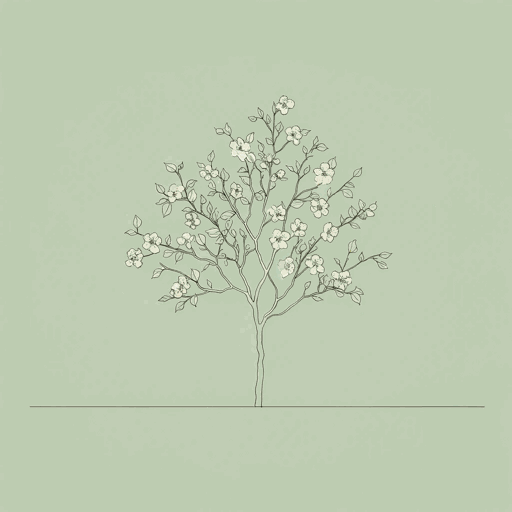
Their Eyes Were Watching God
Zora Neale Hurston